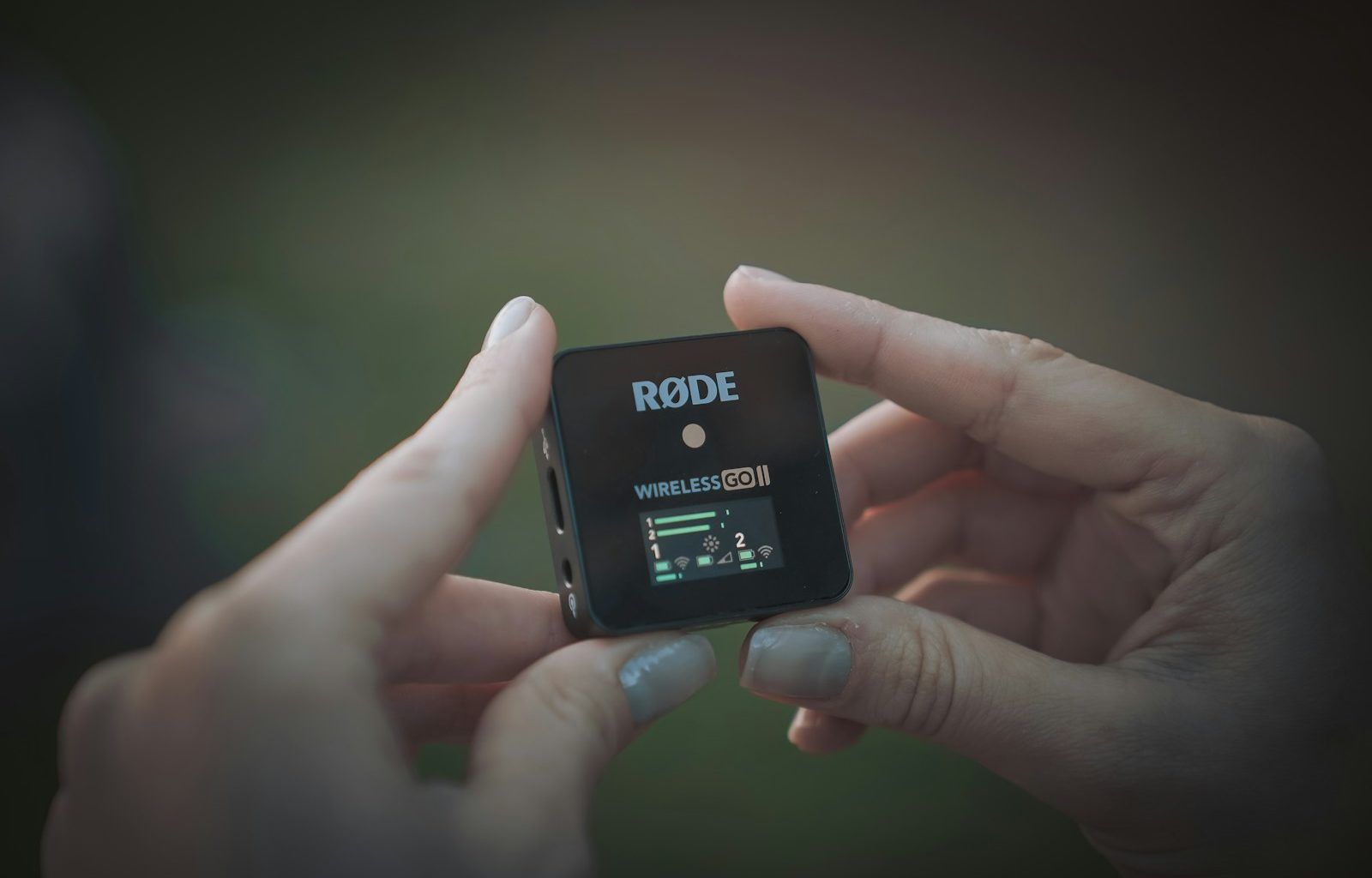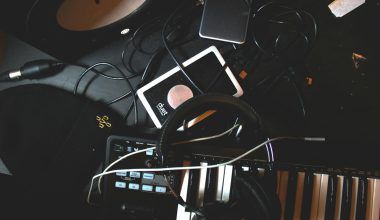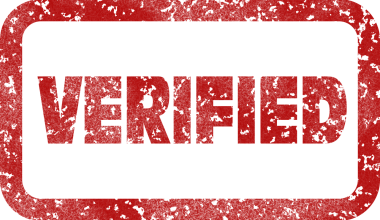Making a remix can be thrilling, especially when you’ve added your unique spin to a song. Sharing it with the world through YouTube Music might sound complicated if you don’t have a distributor. However, the good news is that you can still Upload your remix on YouTube Music without a distributor and reach a global audience. Here’s a simple, step-by-step guide to help you navigate this process.
Understand YouTube Music and Its Benefits
Before jumping into the steps, it’s essential to understand what makes YouTube Music such a great platform. It’s one of the largest music streaming services globally, with millions of active users. This means your remix has the potential to reach listeners from all over the world. Additionally, YouTube Music integrates seamlessly with YouTube, giving your track double the exposure. Unlike other platforms, you don’t need a distributor to get started.
Step 1: Create a YouTube Channel
If you don’t already have a YouTube channel, now’s the time to create one. Here’s how:
- Sign in to YouTube using your Google account.
- Go to the channel creation page and choose a name that reflects your brand or remixing style.
- Add a professional profile picture and banner. If you’re a music producer, consider a logo or an image that resonates with your identity.
- Write an engaging channel description that highlights your remixing journey and what listeners can expect from your uploads.
Having a dedicated channel not only makes you look professional but also keeps your music organized.
Step 2: Prepare Your Remix for Upload
Once your channel is ready, focus on your remix. The quality of your track is crucial for standing out. Follow these tips to prepare your remix:
- Ensure high-quality audio: Use professional software to fine-tune your remix. Even if you’re just starting, tools like Audacity or FL Studio can help.
- Add proper metadata: Include the remix’s title, original artist’s name, and your name. For example, “Shape of You (Remix by DJ Beats).”
- Create an eye-catching thumbnail: Thumbnails are the first thing people see. Use tools like Canva or Photoshop to design something vibrant and on-brand.
Step 3: Check Copyright Permissions
Uploading a remix involves dealing with copyright. The original track’s rights belong to the artist or label, so you’ll need permission to share your version. Here’s how to handle it:
- Contact the copyright holder: Reach out to the original artist or their team via email or social media.
- Look for licensing options: Some artists or platforms offer remix licenses. Explore these to avoid legal issues.
- Use YouTube’s Content ID system: Even if you don’t get explicit permission, YouTube’s Content ID system may allow your remix to stay online while sharing revenue with the copyright owner.
Taking these steps ensures you’re respecting intellectual property while building your audience.
Step 4: Upload Your Remix
Uploading your remix is straightforward. Follow these steps:
- Go to YouTube and click on the “Create” button (camera icon) in the top-right corner.
- Select “Upload Video.”
- Drag and drop your remix file or select it manually.
- Fill in the title and description. Use keywords that help people discover your remix, like “electronic remix” or “hip-hop remix.”
- Add tags that are relevant to your remix genre and style.
- Choose an appropriate category, such as “Music,” and set the visibility to Public.
Step 5: Optimize Your Remix for YouTube Music
YouTube Music works differently from regular YouTube videos. To make your remix appear on YouTube Music, you’ll need to:
- Add it as an audio-only track: Consider uploading your remix with minimal video visuals, like an animated album cover or waveform.
- Include YouTube’s recommended formats: Ensure your remix is in MP3 or AAC format for the best playback quality.
- Provide complete metadata: This helps YouTube Music identify your track and list it properly.
Step 6: Promote Your Remix
Uploading is just the beginning. To get your remix noticed, you need a solid promotion strategy. Here are some tips:
- Share on social media: Post about your remix on Instagram, Twitter, and Facebook. Use music-related hashtags to reach more listeners.
- Collaborate with influencers: Reach out to DJs or content creators who might feature your remix in their content.
- Engage with your audience: Reply to comments, ask for feedback, and encourage your listeners to share your remix.
Step 7: Monitor and Improve
Once your remix is live, use YouTube Analytics to track its performance. Pay attention to:
- Audience retention: How long people are listening to your remix.
- Comments: What your audience thinks about your work.
- Shares: How often your remix is shared on social media.
Use this data to improve future uploads and refine your style.
Why You Don’t Need a Distributor for Your Remix
Distributors are typically required to place music on platforms like Spotify or Apple Music. However, YouTube’s open platform allows anyone to upload content. This makes it easier for indie creators to share remixes without spending extra money on distribution services.
Conclusion
Uploading your remix on YouTube Music without a distributor is not only possible but also an exciting way to showcase your talent. By following these steps and optimizing your strategy, you can reach a global audience and grow your fanbase. Whether you’re a seasoned producer or a newcomer, YouTube Music offers endless opportunities to share your creativity. So, what are you waiting for? Start uploading today and let your remix shine!
Related Articles:
For further reading, explore these related articles:
For additional resources on music marketing and distribution, visit DMT RECORDS PRIVATE LIMITED.






